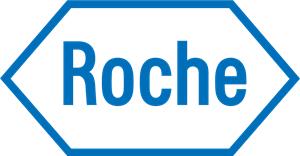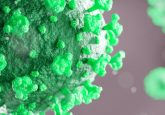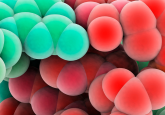Target enrichment for NGS: why, how, and what’s next?
In this episode, supported by Roche, we explore a vital aspect of many next-generation sequencing studies: target enrichment, during which regions of interest are selectively amplified prior to sequencing. Specifically, we examine some of the new technologies improving this key step and their impact on oncology research, such as KAPA HyperPETE.
My guest for this episode is Brian Godwin, Director of Reagent and Assay Development at Roche Sequencing. Brian reveals the myriad of ways that poor target enrichment can impact a study while highlighting its importance at the foundations of many research efforts. Discover some of the challenges of target enrichment workflows, and then hear about a new suite of NGS applications designed to handle the degraded, damaged DNA and RNA often encountered in oncology research.
Listen today for an overview of the target enrichment process, and for a description of an exciting new technology with great potential in genomics research and oncology.
Contents:
- Intro: 00:00-01:30
- Why conduct target enrichment? 00:40-02:45
- Established technologies for target enrichment: 02:45-04:10
- Challenges of working with these technologies: 04:20-06:40
- The impact of these challenges on sequencing results: 06:40-07:35
- New technologies to address these challenges: 07:35-09:25
- Primer extension in PCR and target enrichment: 09:25-11:40
- Exciting applications of primer extension target enrichment and introducing KAPA HyperPETE: 11:40-13:25
- Improving target enrichment in oncology and its impact on the field: 13:25-16:15
- If you could ask for one thing to enable primer extension target enrichment to make the greatest possible impact on the NGS and oncology communities, what would it be? 16:15-18:00
This content was created in association with Roche.
Research Use Only. Not for use in diagnostic procedures.






